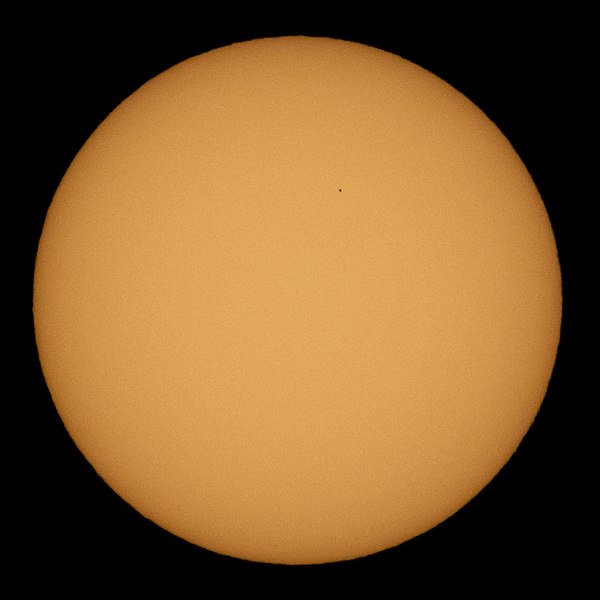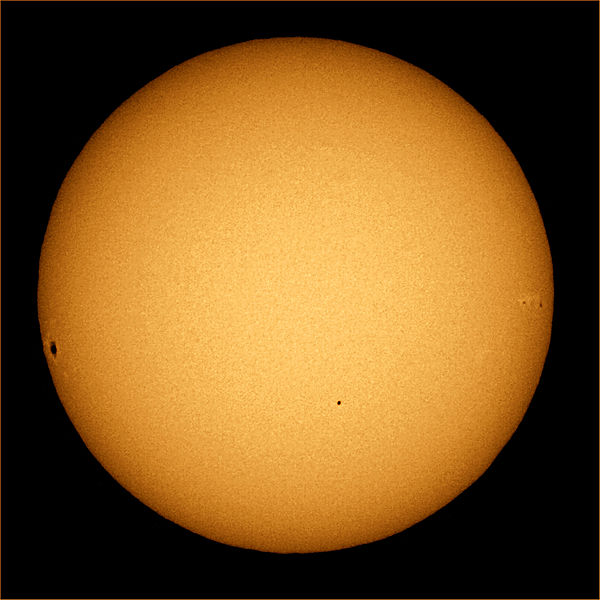Pierre Gassendi was a French philosopher, Catholic priest, astronomer, and mathematician. While he held a church position in south-east France, he also spent much time in Paris, where he was a leader of a group of free-thinking intellectuals. He was also an active observational scientist, publishing the first data on the transit of Mercury in 1631. The lunar crater Gassendi is named after him.
Pierre Gassendi by Louis-Édouard Rioult
Romanum calendarium
A transit of Mercury across the Sun takes place when the planet Mercury passes directly between the Sun and a superior planet. During a transit, Mercury appears as a tiny black dot moving across the Sun as the planet obscures a small portion of the solar disk. Because of orbital alignments, transits viewed from Earth occur in May or November. The last four such transits occurred on May 7, 2003; November 8, 2006; May 9, 2016; and November 11, 2019. The next will occur on November 13, 2032. A typical transit lasts several hours. Mercury transits are much more frequent than transits of Venus, with about 13 or 14 per century, primarily because Mercury is closer to the Sun and orbits it more rapidly.
Transit of Mercury on November 11, 2019
Transit of Mercury on November 8, 2006 with sunspots #921, 922, and 923
Image: Transit of Mercury, 2006 11 08 2





